By Ed Boitano, photographs by Deb Roskamp
Editor’s note: Part 2 is a continuation of What’s New and Old in London, Part 1.
Somerset House
As I sat in the courtyard of Somerset House’s Georgian-era quadrangle, it was easy to bask in the memories from my past week in London: Trafalgar Square, the Charles Dickens’ Museum, the National Portrait Gallery, the Garden Museum, the East End, and plenty of pub grub. And now, with the morning sun finally breaking through England’s clouds, my new week in London had begun.
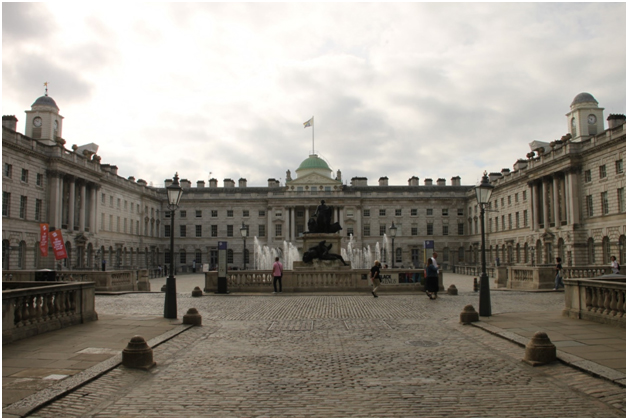
Somerset’s Georgian-era quadrangle was built on the site of a Tudor palace originally belonging to the Duke of Somerset. It was designed to be a grand public building, housing government and public-benefit offices. Its current occupants are a mixture of various organizations, generally centered around the arts and education. “As the home of cultural innovators, Somerset House connects creativity and the arts with wider society.”
Inside, I found the Courtauld Gallery to be small in space, and just the right size to see all of the gallery’s permanent display of paintings: Renoir, Monet, Sisley, Manet, Cezanne, Degas, Pissaro, Gauguin, van Gogh, Seurat, Matisse, Braque, Modigliani, Toulouse-Lautrec, Soutine, and other paintings which could only be called masterpieces. It was akin to seeing my greatest hits in a condensed 30-minute time frame, which was perfect for the small time I had alotted.
See a Gallery Virtual Tours – The Courtauld
Churchill War Rooms
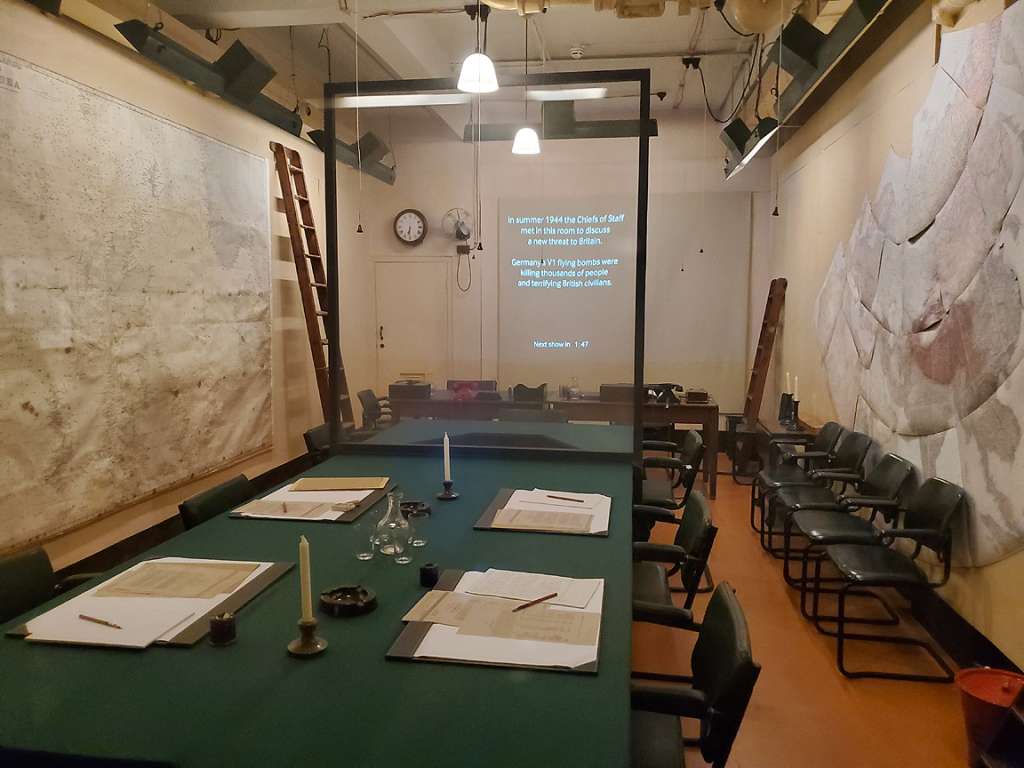
Located beneath the Treasury building in the Whitehall area of Westminster is the Churchill War Rooms. Previously called the Cabinet War Rooms, this is where Prime Minister Winston Churchill, military strategists, government ministers and a dedicated staff of approximately 500 men and women conducted war operations during WW II. The cost of your admission will also include a tour of the adjacent Churchill Museum.
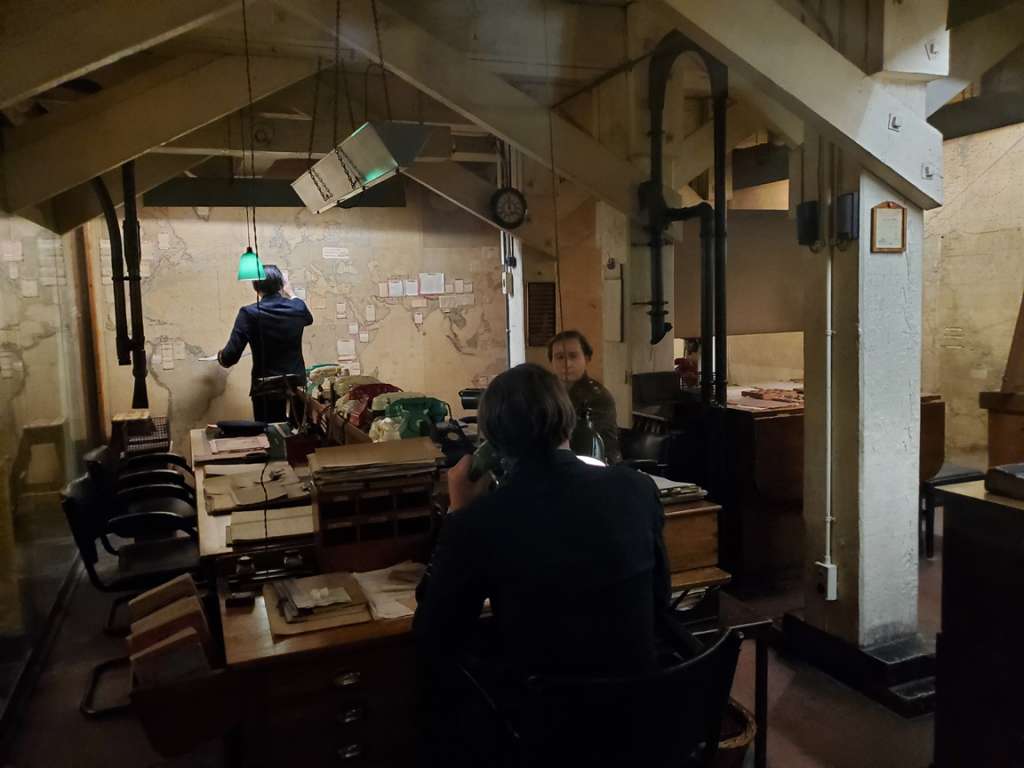
From a network of underground rooms, you’ll see how they lived, where they strategized and how they managed to survive attacks by Nazi Germany. In a period of five-long years, they endured the Battle of Britain: where the Royal Air Force and Royal Navy defended the United Kingdom’s ports and infrastructure against aerial assaults by Hermann Goring’s Luftwaffe; The Blitz: indiscriminate German bombings which pounded London for 57 consecutive days and nights; and Hitler’s Vengeance Weapons: V-1 flying bombs and V-2 ballistic missiles, launched from mainland Europe in the waning days of the war. When World War II ended, the staff simply walked away leaving everything just as it had been: maps, phone banks, typewriters, ‘No whistling inside’ signs, and sun lamps for staffers who never saw daylight for months.
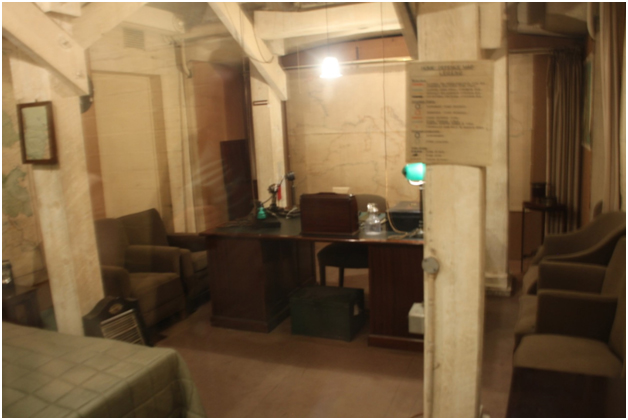
In the course of my self-guided tour, it was noted that Churchill could be harsh and demanding, and many of the staff feared his presence. Even a whiff of his cigar smoke seeping into their stations caused anxiety. It’s estimated Churchill went through an average of 8-10 cigars a day, and stockpiled thousands for his use in a period where the average British citizen faced strict tobacco rationing. ‘Silent’ typewriters were used near Churchill’s office for he detested the clicking sound of conventional ones. He did not enjoy being forced to live underground. His bedroom is displayed in the War Rooms, but with the exception of four-nights, he refused to sleep there, preferring his bed at 10 Downing, or a flat above the Cabinet War Rooms. Against the advice of his steadfast wife, Clementine – who also had a bedroom and small office in the complex – he would recklessly climb a ladder to the roof of the Treasury, and watch night time air raids, complete with a Royal Army tin helmet, binoculars and a bottle of brandy.
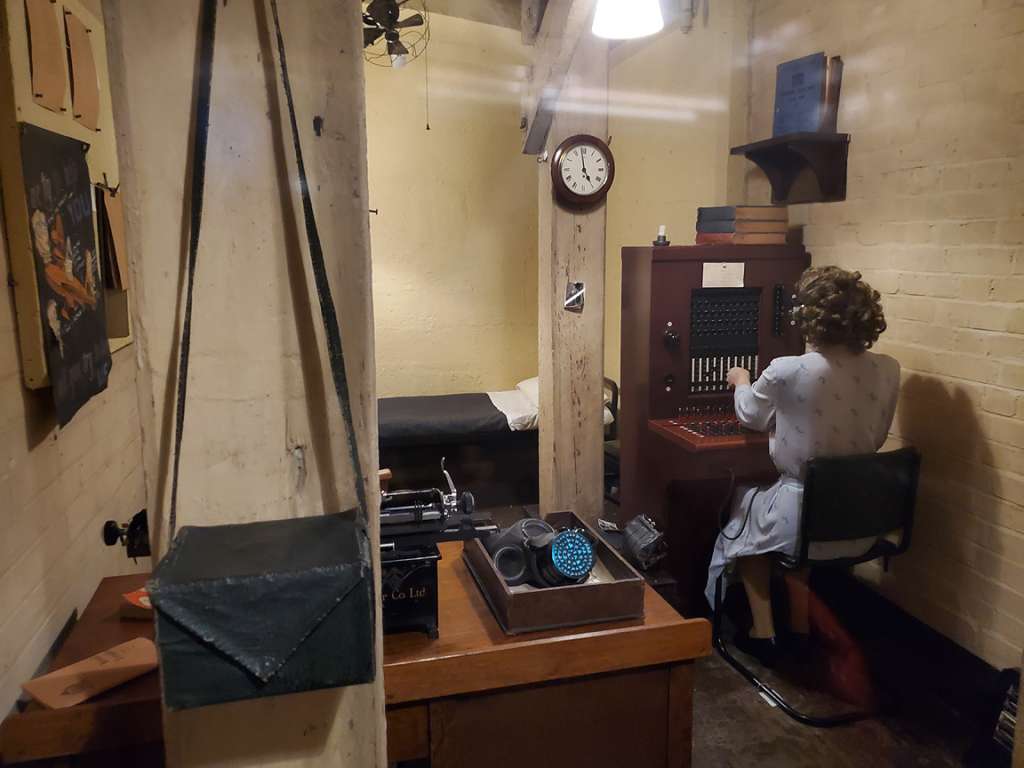
Today, Churchill has a carefully orchestrated image as ‘The man who stood alone against Hitler.’ But history tells us there are many dark things in his past: his earlier views on involuntary sterilization of the ‘feeble mind’; his resignation as the First Lord of the Admiralty, due to creating a disastrous second front during World War I; and his branding of all Germans as Nazis to justify the RAF’s strategic terrorist bombings of German working-class neighborhoods.
Nevertheless, it was Churchill’s rousing oratorial speeches delivered at the British House of Commons, where excerpts were plastered across walls and windows throughout Britain, that he is best remembered. Most importantly he had the ear of FDR, who had been desperately fighting the America First Committee’s isolationist policy, whose fascistic members blamed FDR, Churchill, and World Jewry as the perpetrators who started WW2.
But it took Churchill’s inspirational, ‘We shall fight on the beaches’ address for FDR to be finally convinced of Britain’s resolve. Soon, the Lend-Lease Act of 1941 between the U.S. and Britain was enacted, where the U.S. would exchange more than 50 outdated American destroyers for 99-year leases on British bases in the Caribbean and Newfoundland. With this agreement, Churchill knew Hitler would be ultimately defeated in Western Europe. Over the succeeding months, FDR, along with Churchill’s help, exercised a similar Act with U.S. aid to the Soviet Union, China, Australia, New Zealand, and the governments-in-exile of Poland, the Netherlands and Norway.
In 1945 Churchill was voted out of office. He was considered a good Prime Minister in wartime, but perhaps not one in peacetime as Britain still faced heavy rationing, massive debt and reconstruction. Churchill became Prime Minster again in 1951. He was close to 77 and not in good health following several minor strokes. He remained in office until his resignation in 1955.
Was Churchill a great man? Well, he did prophesize that he would be one and it was his destiny to change the course of human history. But with all great men and women, things are never that clearly divided between the profound and the profane.
Temple, London
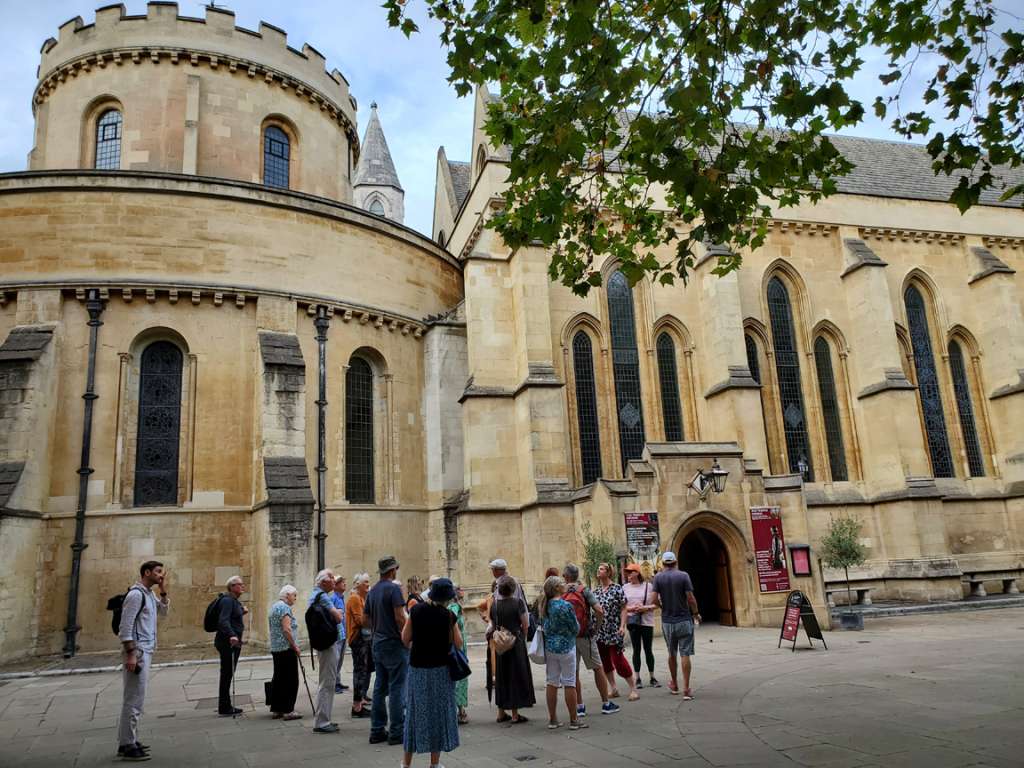
Spread over three-blocks on the traditional western boundary of London, the Temple is the main legal district in London and a center for English Law since the middle-ages. It will serve you well to book a tour with a guide who will point out facts generally not found in tour books. You’ll see the Temple Church and the Royal Courts of Justice, where the former Mrs McCartney, Heather Mills, poured a container of water on Paul McCartney’s attorney after the court’s divorce settlement, giving her a mere 46.4 million dollars, while she alleged that the former Beatle was worth $1.6 billion at the time.
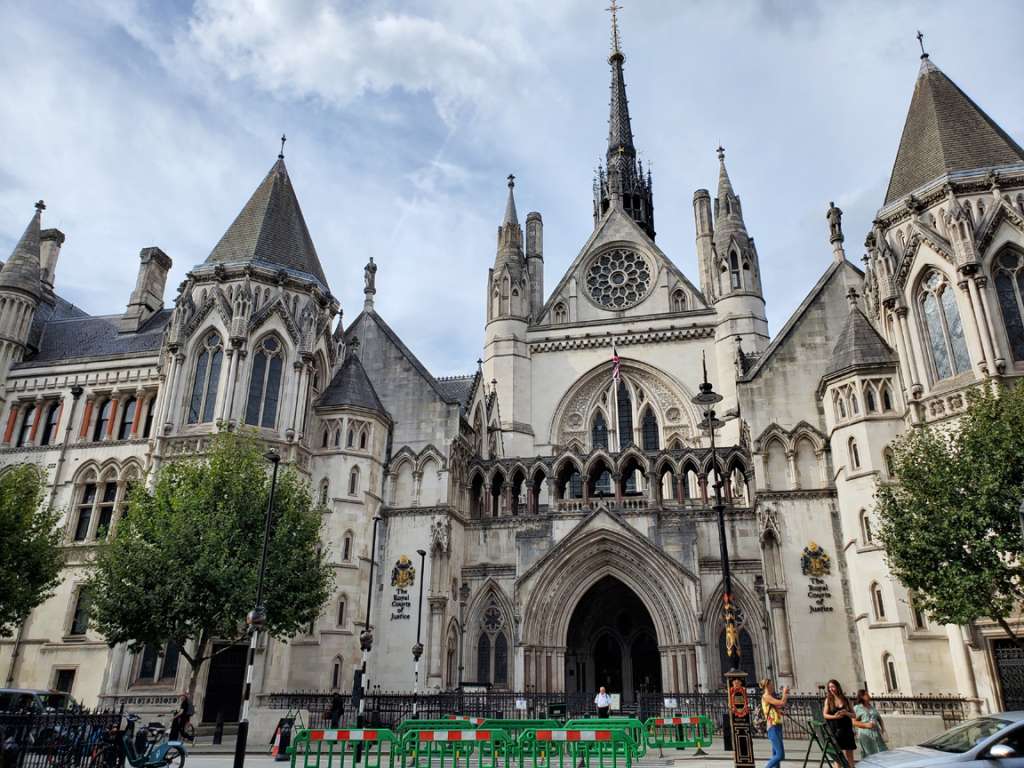
The Royal Courts of Justice is the place where French diplomats confronted the Tony Blair government’s 2003 September Dossier for ‘sexing up’ their erroneous report that Iraq’s Sadaam Hussein was in search of weapons of mass destruction. Six months later, Britain, the U.S. and a small congregation of Polish and Australian troops invaded Iraq. Despite an intense pressure campaign by the George W. Bush adminisration, France, Canada, Germany and Russia were among the nations who refused to participate in what would prove to be a one-sided slaughter. Without exception, all of the allegations included within the September Dossier have been since proven to be false. The Iraq Body Count Project documents 186,901 – 210,296 violent civilian deaths, confirmed by the British newspaper, The Guardian.
Theatre
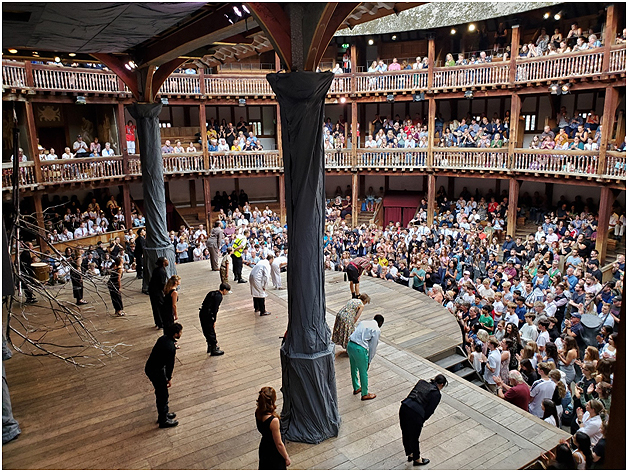
MacBeth at the Globe: The production was a little different from Shakespeare’s time; women now played women and characters used machine guns, not swords. But it was The Globe, though reconstructed and modeled from the original, which had burned to the ground.
The Pillowman: Martin McDonagh’s futuristic play, seen from a 1950’s perspective of a horrorific future. The question he asks, are artists responsible if there are any copy-cat crimes based on their writings? In the U.S., McDonagh is best known as a film director and writer due to his movies: In Bruges (2008), Three Billboards Outside Ebbing, Missouri (2017) and The Banshees of Inisherin (2022).
Tina -The Musical: Part narrative and part concert, and, yes, life reaffirming. It was a timely event due to Tina’s recent passing that year.

Food on the Table
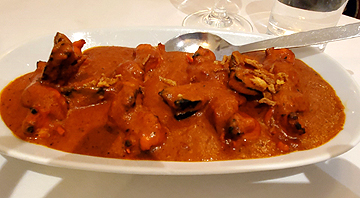
I first noticed that many young adult Londoners had the makings of a pot belly, and some older citizens were succumbing to obesity. This I soon understood as I loosened my own belt, that you could never go wrong with pub grub, but there will always be a price to pay. Dishes included Steak and Ale Pie, Fish and Chips, Fish Pie, Cheese and Onion Pie, Macaroni Pie – yes, Macaroni Pie – generally washed down with a solid pint of ale. In my case that solid pint would be Fuller’s London Pride.
A Londoner will exclaim that their Anglo-Indian food is the best in the world, which they refer to as Asian food, i.e., Indian, Pakistani and Bangladeshi. Dishes from Japan, China, South Korea are called Oriental; a name which is considered somewhat impolite in the U.S.
Interestingly, Lamb or Chicken Tikka Masala has replaced Fish and Chips as London’s unofficial dish; an indication of a changing London in 2023.
New for me: Burmese Curry Mutton. How could I have forgotten that Burma was once part of the British Empire; but now officially known as Myanmar.
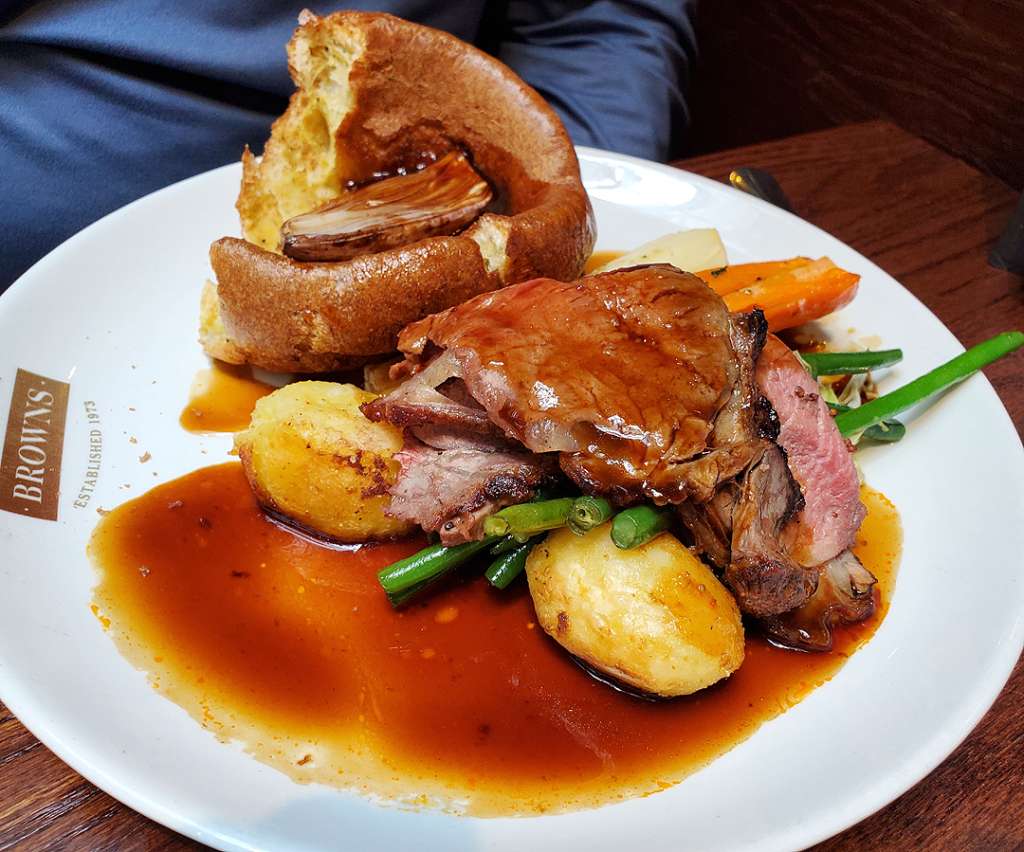
See Yorkshire Pudding history and recipe
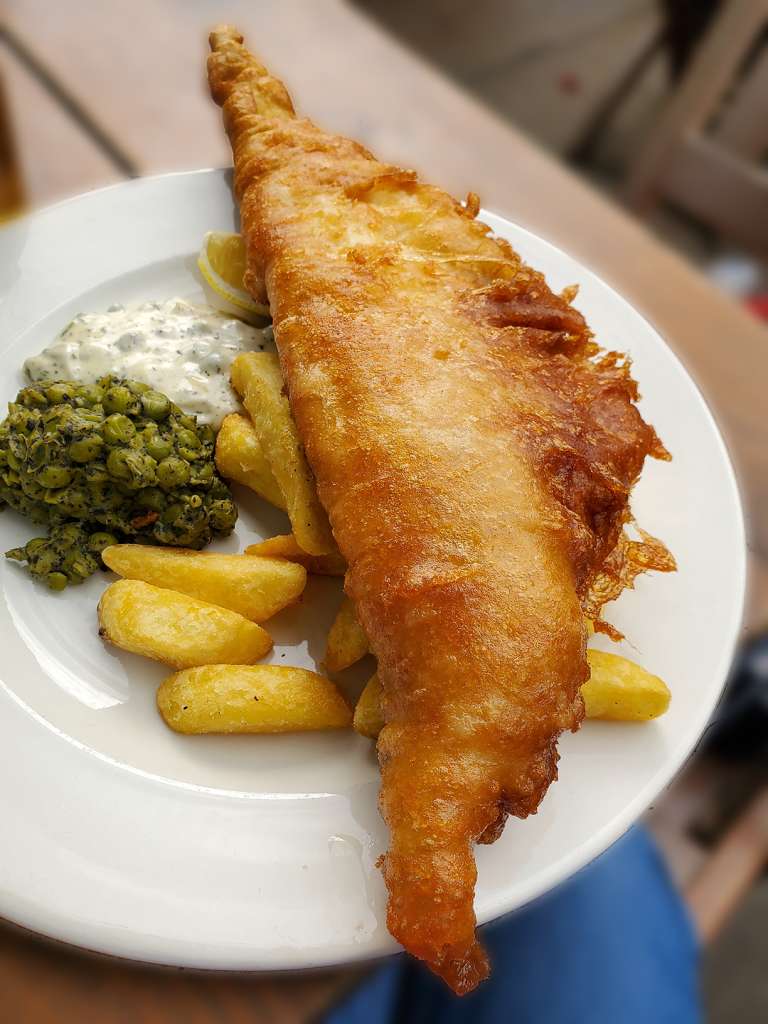
Twining Tea
Today, there are almost 1,500 different teas in Britain, where they all vary in style, taste and color. British coffee culture was the thing before tea was introduced to England in the 1650s, when Dutch traders brought it from China to Europe. Catherine of Braganza, wife of Charles II, spearheaded the ritual of tea drinking to the English Royal Court; a habit soon adopted by the upper class. The first London tea shop opened in 1706 by Thomas Twining at No. 216 Strand, London. Its location remains the same today. Other tea establishments began to appear, making it less expensive and available to everyone. Later, some began adding milk to the beverage thanks to the British Empire’s colonization of India.
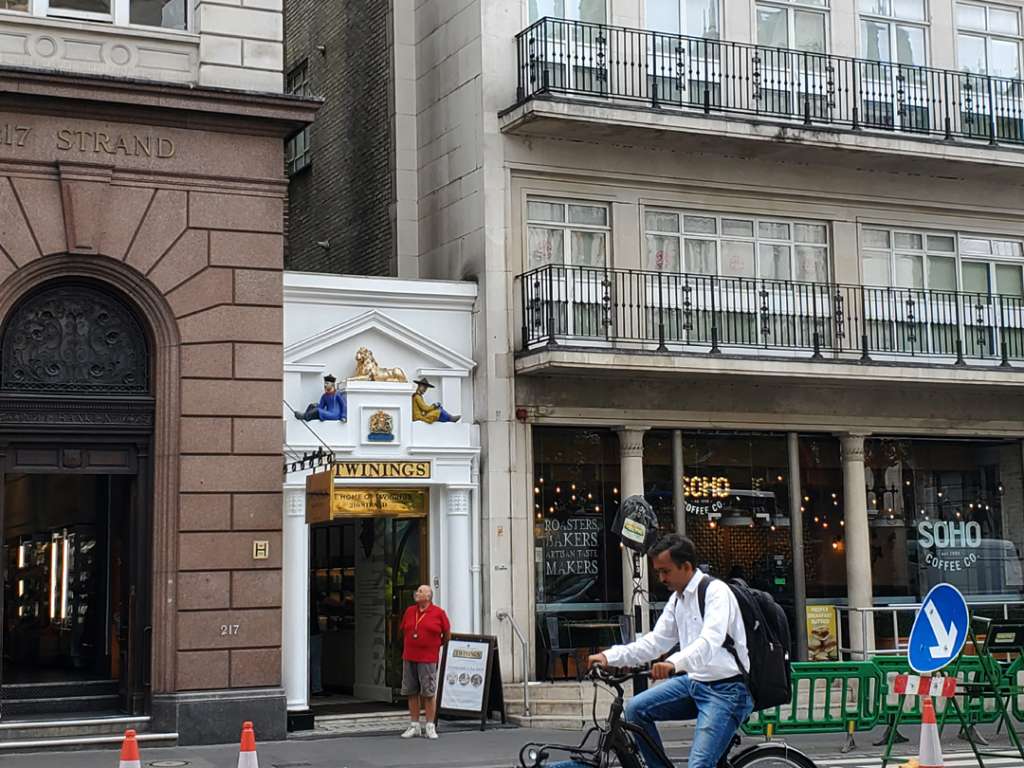
Yet, a debate continues about whether to put milk in the cup before pouring tea or after. Some add milk first to prevent the hot beverage from cracking the bone china cups, while others prefer pouring milk into the hot tea. But then, some countered that adding milk alters its flavor. As you can see, it still remains a very delicate matter in England today.
For more, see John Clayton’s Afternoon Tea at The Ritz Hotel London.
Next up: Part III: Beyond London – Carlilse Castle, Carlilse Cathedral, Hadrian’s Wall; and The Lake District, Keswick, William Wordsworth pilgrimages, Derwenterwater lake cruise, Castlerigg Stone Circle and Cumberland Sausage.























Raoul
October 24, 2023 at 10:30 am
The Fish and Chips photo made my mouth water.
Good article. Wanna go and visit London again.
Ed Boitano
October 26, 2023 at 10:59 am
Hey, fish n chips guy. I also like English fish n chips. It seems their version is better than ours. The batter on fish seems more like Japanese tempura.
Nigel
October 26, 2023 at 10:56 am
Ok, churchill was good and bad. I get that. But show me one who.isn’t. FDR is my favorite president: the civilian Army Conservation Corps that probably helpled pull us out of out of the Depression, he sent US troops to fight facists in Italy, Germany and Japan. But wasn’t he responsible for the Executive Action that placed innocent Japanese-Americans in interment camps. I had a friend who was born in one. Also he knew Pearl Harbor was gonna happen, and already knew about the concentration camps. So I guess I get your black and white line.
Ed Boitano
October 26, 2023 at 11:04 am
Thank you, Nigel. I appreciate the time you spent reading and commenting about article. – Ed
Doogie
October 26, 2023 at 11:07 am
Hey, liberal elitist is Boitano a real American name. What you said about Winston is probably what you think of President. Isn’t that treason?
Ed
October 30, 2023 at 6:46 am
Thanks, Doogie – I appreciate your taking my article seriously enough to write a commen. Yes, I believe Trump has committed treason in not honoring his oath to our Constitution.
But I’m sure we can both agree that it was not as bad when the traitor, Bill Wymann left the Stones.
Sean
October 29, 2023 at 8:56 am
Mr Boitano – you spoke of the ‘delicate matter’ of drinking tea in London. I read somewhere a man said raising your pinkie finger helps the beverage to balance and gives it better flavor. And truth to that?
Thank you,
Sean, a man who pours milk into the hot tea.
Susan
October 30, 2023 at 6:42 am
I think the pinky ring is popular with gangsters.
Susan, who prefers tea with a twist of lemon.
Ed
October 30, 2023 at 6:35 am
174.243.145.93
Good question, Sean. I’ve heard that before where the little finger is raised, apparently to help balance the flavor of the tea. I read that this tradition stemmed from a period where the wealthy would eat with their hands. Apparently they would transition all the rings on their other fingers to the pinkie finger to avoid food particles and grease. Also, the wealthy would often wear large and lavish rings to distinguish their wealth, and so the transfer would make the act of moving the tea cup lt their mouth less clumsy. This all changed when Marie de’ Medici married French King Henry IV and introduced the fork as tableware. No sure if this is why some wear a pinky ring today. If any others know more about that current fashion, please feel free to comment. Best, Ed, who prefers his tea with cream.